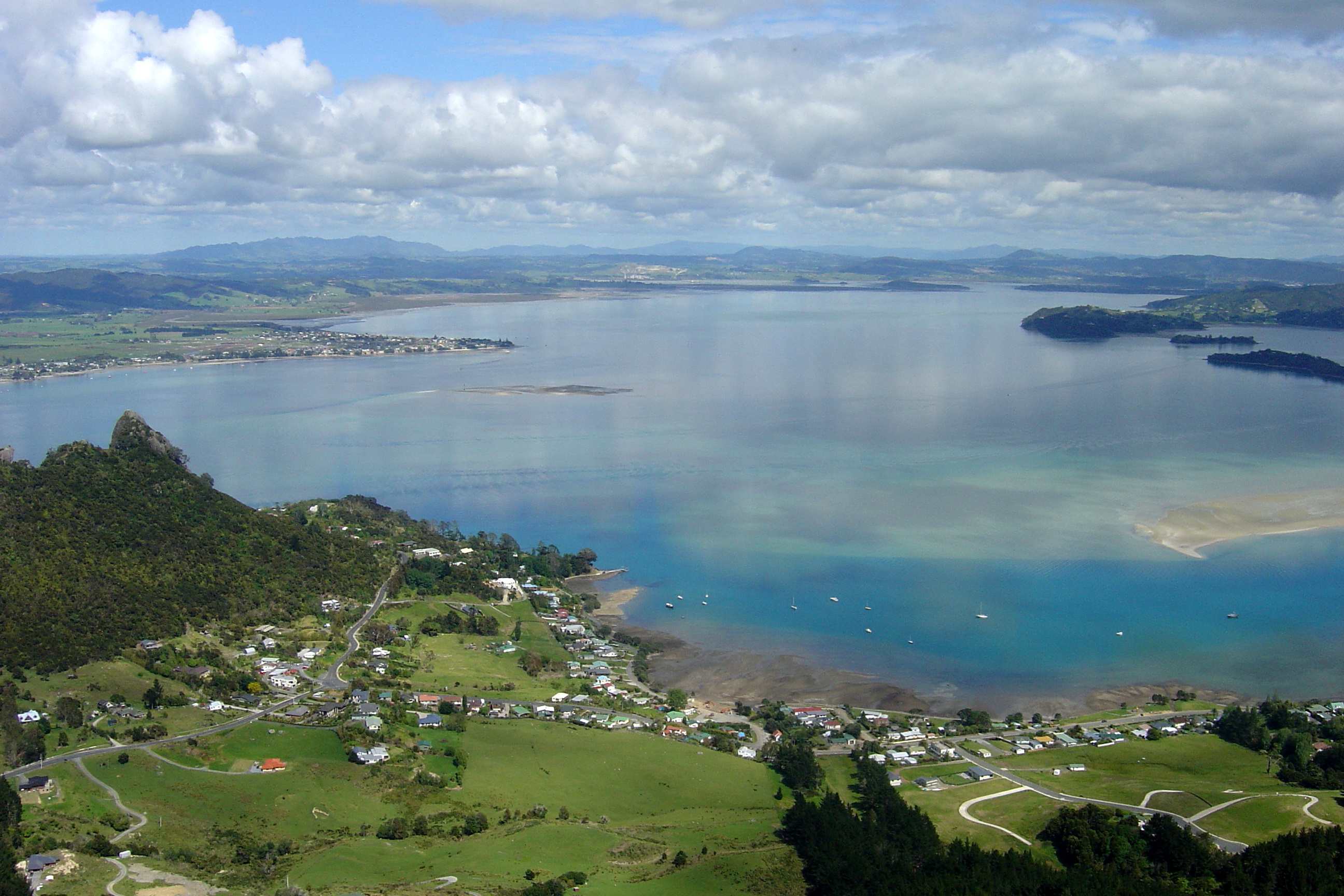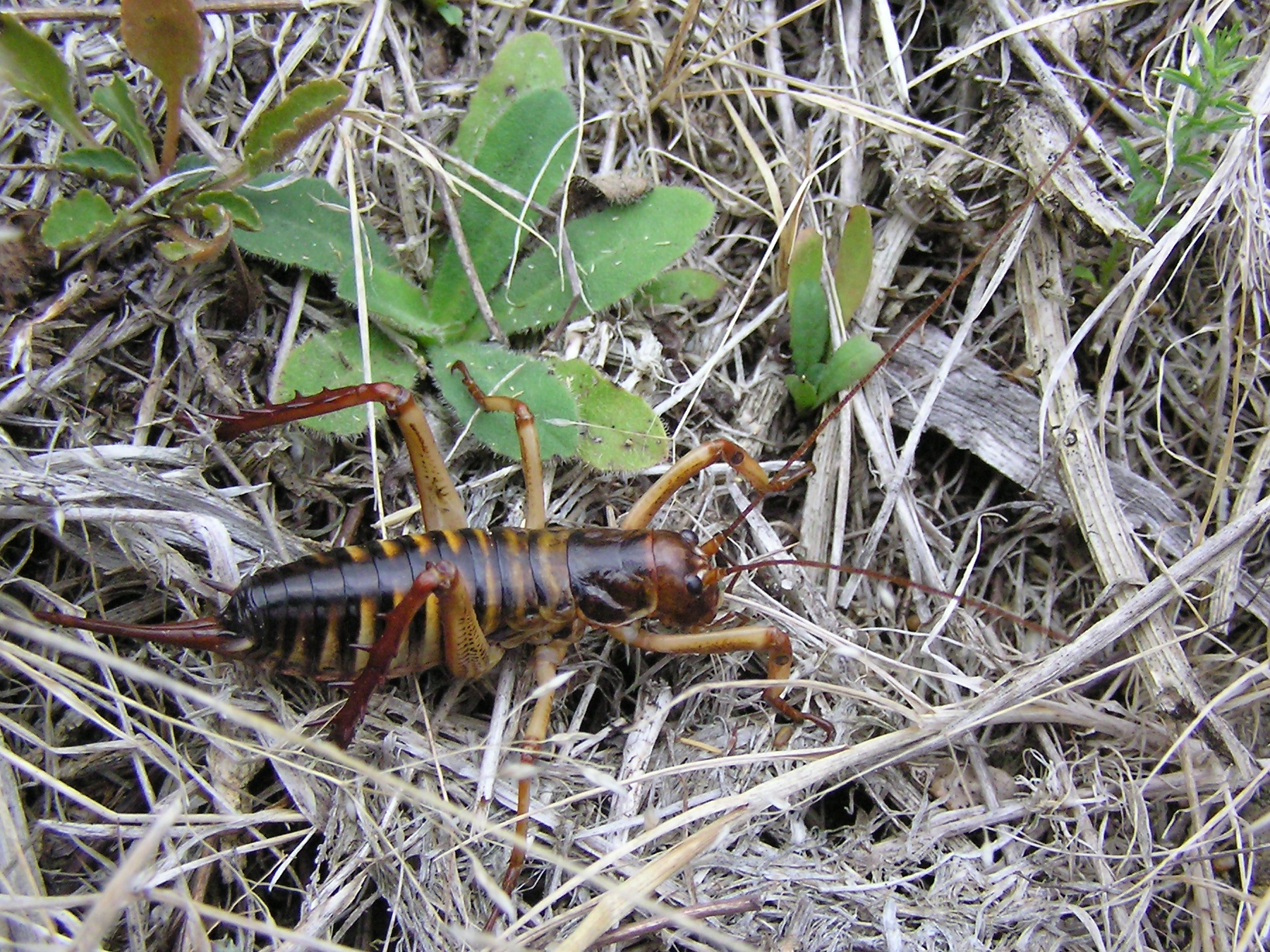Matakohe Island on:
[Wikipedia]
[Google]
[Amazon]
 Motu Matakohe, also known as Matakohe or Limestone Island, is a 37 ha (100 acre) island in the upper reaches of Whangarei Harbour, just off
Motu Matakohe, also known as Matakohe or Limestone Island, is a 37 ha (100 acre) island in the upper reaches of Whangarei Harbour, just off


 From 2001,
From 2001, 


Onerahi
Onerahi, for half a century known as Grahamtown, is a seaside suburb of Whangārei, New Zealand's northernmost city. It is the city's only seaside suburb. It is located 9 km south-east of the centre of Whangārei and is principally a peninsu ...
, a seaside suburb of the city of Whangarei, Northland, New Zealand. Used for farming and industry for many years, the island is an example of ecological island restoration
The ecological restoration of islands, or island restoration, is the application of the principles of ecological restoration to islands and island groups. Islands, due to their isolation, are home to many of the world's endemic species, as well as ...
by a volunteer community group.
History
The earliest known inhabitants of the island were NgaitahuhuMāori
Māori or Maori can refer to:
Relating to the Māori people
* Māori people of New Zealand, or members of that group
* Māori language, the language of the Māori people of New Zealand
* Māori culture
* Cook Islanders, the Māori people of the C ...
who occupied it in the early 18th century. They were dispossessed and driven out of the Whangarei area in the mid 18th century by Ngāpuhi
Ngāpuhi (or Ngā Puhi) is a Māori iwi associated with the Northland region of New Zealand and centred in the Hokianga, the Bay of Islands, and Whangārei.
According to the 2018 New Zealand census, the estimated population of Ngāpuhi is 165, ...
Māori led by Te Ponaharakeke.Matakohe / Limestone Island
The first European house on the island was built in 1832, though later destroyed. In 1848 the island was leased from the Parawhau hapū
In Māori and New Zealand English, a ' ("subtribe", or "clan") functions as "the basic political unit within Māori society". A Māori person can belong to or have links to many hapū. Historically, each hapū had its own chief and normally opera ...
by Robert Carruth and Mathew Whitelaw who established a limeworks there, using the local limestone
Limestone ( calcium carbonate ) is a type of carbonate sedimentary rock which is the main source of the material lime. It is composed mostly of the minerals calcite and aragonite, which are different crystal forms of . Limestone forms whe ...
. In 1865 the island was purchased by Henry Walton from Te Tirarau and the Parawahau chiefs. The limeworks were extended and sheep were farmed. In 1881 the first batch of Portland cement
Portland cement is the most common type of cement in general use around the world as a basic ingredient of concrete, mortar, stucco, and non-specialty grout. It was developed from other types of hydraulic lime in England in the early 19th c ...
was produced, with the limeworks becoming a major local industry employing 270 people at its peak in the early 20th century. The island was later purchased by the Northland Harbour Board and used as pasture
Pasture (from the Latin ''pastus'', past participle of ''pascere'', "to feed") is land used for grazing. Pasture lands in the narrow sense are enclosed tracts of farmland, grazed by domesticated livestock, such as horses, cattle, sheep, or swine ...
for several decades. In 1989 it was given to the Whangarei District
Whangarei District is a territorial authority district in the Northland Region of New Zealand that is governed by the Whangarei District Council. The district is made up in area largely by rural land, and includes a fifth of the Northland Region. ...
, following which the first conservation and rehabilitation work began.
Ecological restoration
The island is managed by the Friends of Matakohe-Limestone Island Society (FOMLI), which was incorporated in 1991. In 1996 David Wright was employed as the Resident Ranger to look after and maintain the island. In 1999 it wasgazette
A gazette is an official journal, a newspaper of record, or simply a newspaper.
In English and French speaking countries, newspaper publishers have applied the name ''Gazette'' since the 17th century; today, numerous weekly and daily newspapers ...
d as a scenic reserve, with a floating dock constructed for public access. Restoration work has involved massive plantings of native plants as well as the reintroduction
Species reintroduction is the deliberate release of a species into the wild, from captivity or other areas where the organism is capable of survival. The goal of species reintroduction is to establish a healthy, genetically diverse, self-sustainin ...
and translocation of animals previously lost to the island and the surrounding region.

Invertebrates
Invertebrates
Invertebrates are a paraphyletic group of animals that neither possess nor develop a vertebral column (commonly known as a ''backbone'' or ''spine''), derived from the notochord. This is a grouping including all animals apart from the chordate ...
introduced from the mainland include wētā
Wētā (also spelt weta) is the common name for a group of about 100 insect species in the families Anostostomatidae and Rhaphidophoridae endemic to New Zealand. They are giant flightless crickets, and some are among the heaviest insects in th ...
, stick insect
The Phasmatodea (also known as Phasmida, Phasmatoptera or Spectra) are an order of insects whose members are variously known as stick insects, stick-bugs, walking sticks, stick animals, or bug sticks. They are also occasionally referred to as ...
s, and flax snails, the latter unsuccessfully so far. Adult wētā have been found on the island well away from their release sites.

Reptiles
Various lizard species have either been reintroduced to the island, or are planned to be, some of which have shrinking distributions on the mainland. A pair of juvenileforest gecko
The forest gecko (''Mokopirirakau granulatus'') is a species of gecko. ''Granulatus'' refers to the granular texture of the skin.Gill, B.J. and Whitaker, A.H. (2001). ''New Zealand Frogs and Reptiles''. David Bateman Limited, Albany, Auckland, Ne ...
s were released in 2001, but have not been seen since. Shore skinks and ornate skinks have been introduced. The island is also suitable for tuatara
Tuatara (''Sphenodon punctatus'') are reptiles endemic to New Zealand. Despite their close resemblance to lizards, they are part of a distinct lineage, the order Rhynchocephalia. The name ''tuatara'' is derived from the Māori language and m ...
.
Kiwi
 From 2001,
From 2001, North Island brown kiwi
The North Island brown kiwi (''Apteryx mantelli''; ''Apteryx australis'' or ''Apteryx bulleri'' as before 2000, still used in some sources) is a species of kiwi that is widespread in the northern two-thirds of the North Island of New Zealand and ...
have been introduced to the island. As part of the Department of Conservation's Operation Nest Egg Program numerous chicks have been released on the island because of its largely predator-free status. It has proved a safe place for them to grow to or more in weight in 12–18 months, at which stage they are able to defend themselves from most predators and are released back to the mainland. Over the four years 2004–2007 a total of 47 kiwi chicks graduated from the island "crèche" and were returned to the mainland.

Grey-faced petrel
From 2004 to 2008 five transfers ofgrey-faced petrel
The grey-faced petrel (''Pterodroma gouldi'') is a petrel endemic to the North Island of New Zealand. In New Zealand it is also known by its Māori language, Māori name and (along with other species such as the sooty shearwater) as a Muttonbird ...
chicks were made to the island to establish a new population of the species there. The method used was to obtain chicks from breeding colonies on Taranga (Hen Island), before they had left their nesting burrows, and transfer them to artificial burrows on Matakohe where they were fed until they fledge
Fledging is the stage in a flying animal's life between hatching or birth and becoming capable of flight.
This term is most frequently applied to birds, but is also used for bats. For altricial birds, those that spend more time in vulnerable c ...
d and departed. Over the five years of the project 152 chicks fledged successfully. The transferred chicks were banded and it is expected that the first birds should begin returning to Matakohe three to five years after fledging, to start prospecting for suitable nesting burrows and partners. Breeding may not occur until the petrels are seven years old.Mitchell & Mitchell (2009).

Exotic predators
Possums
Possum may refer to:
Animals
* Phalangeriformes, or possums, any of a number of arboreal marsupial species native to Australia, New Guinea, and Sulawesi
** Common brushtail possum (''Trichosurus vulpecula''), a common possum in Australian urban a ...
, cats
The cat (''Felis catus'') is a domestic species of small carnivorous mammal. It is the only domesticated species in the family Felidae and is commonly referred to as the domestic cat or house cat to distinguish it from the wild members of t ...
, rat
Rats are various medium-sized, long-tailed rodents. Species of rats are found throughout the order Rodentia, but stereotypical rats are found in the genus ''Rattus''. Other rat genera include ''Neotoma'' ( pack rats), ''Bandicota'' (bandicoot ...
s and mustelid
The Mustelidae (; from Latin ''mustela'', weasel) are a family of carnivorous mammals, including weasels, badgers, otters, ferrets, martens, minks and wolverines, among others. Mustelids () are a diverse group and form the largest family in ...
s have been eradicated from the Island. However, due to the proximity of the mainland and easy access across mudflat
Mudflats or mud flats, also known as tidal flats or, in Ireland, slob or slobs, are coastal wetlands that form in intertidal areas where sediments have been deposited by tides or rivers. A global analysis published in 2019 suggested that tidal fl ...
s at low tide, rats, stoats
The stoat (''Mustela erminea''), also known as the Eurasian ermine, Beringian ermine and ermine, is a mustelid native to Eurasia and the northern portions of North America. Because of its wide circumpolar distribution, it is listed as Least Conc ...
and weasels
Weasels are mammals of the genus ''Mustela'' of the family Mustelidae. The genus ''Mustela'' includes the least weasels, polecats, stoats, ferrets and European mink. Members of this genus are small, active predators, with long and slender bodi ...
are still occasional visitors to the Island. Mice
A mouse ( : mice) is a small rodent. Characteristically, mice are known to have a pointed snout, small rounded ears, a body-length scaly tail, and a high breeding rate. The best known mouse species is the common house mouse (''Mus musculus' ...
have not yet been successfully eradicated, though efforts to do so continue; meanwhile, numbers are kept low with the use of poison bait stations.Ritchie (2000).

See also
*Desert island
A desert island, deserted island, or uninhabited island, is an island, islet or atoll that is not permanently populated by humans. Uninhabited islands are often depicted in films or stories about shipwrecked people, and are also used as stereot ...
* List of islands
This is a list of the lists of islands in the world grouped by country, by continent, by body of water
A body of water or waterbody (often spelled water body) is any significant accumulation of water on the surface of Earth or another plane ...
References
Notes
Sources
* * * {{coord, 35, 47, 05, S, 174, 21, 30, E, display=title, region:NZ_type:isle_source:GoogleEarth Uninhabited islands of New Zealand Whangārei Island restoration Islands of the Northland Region